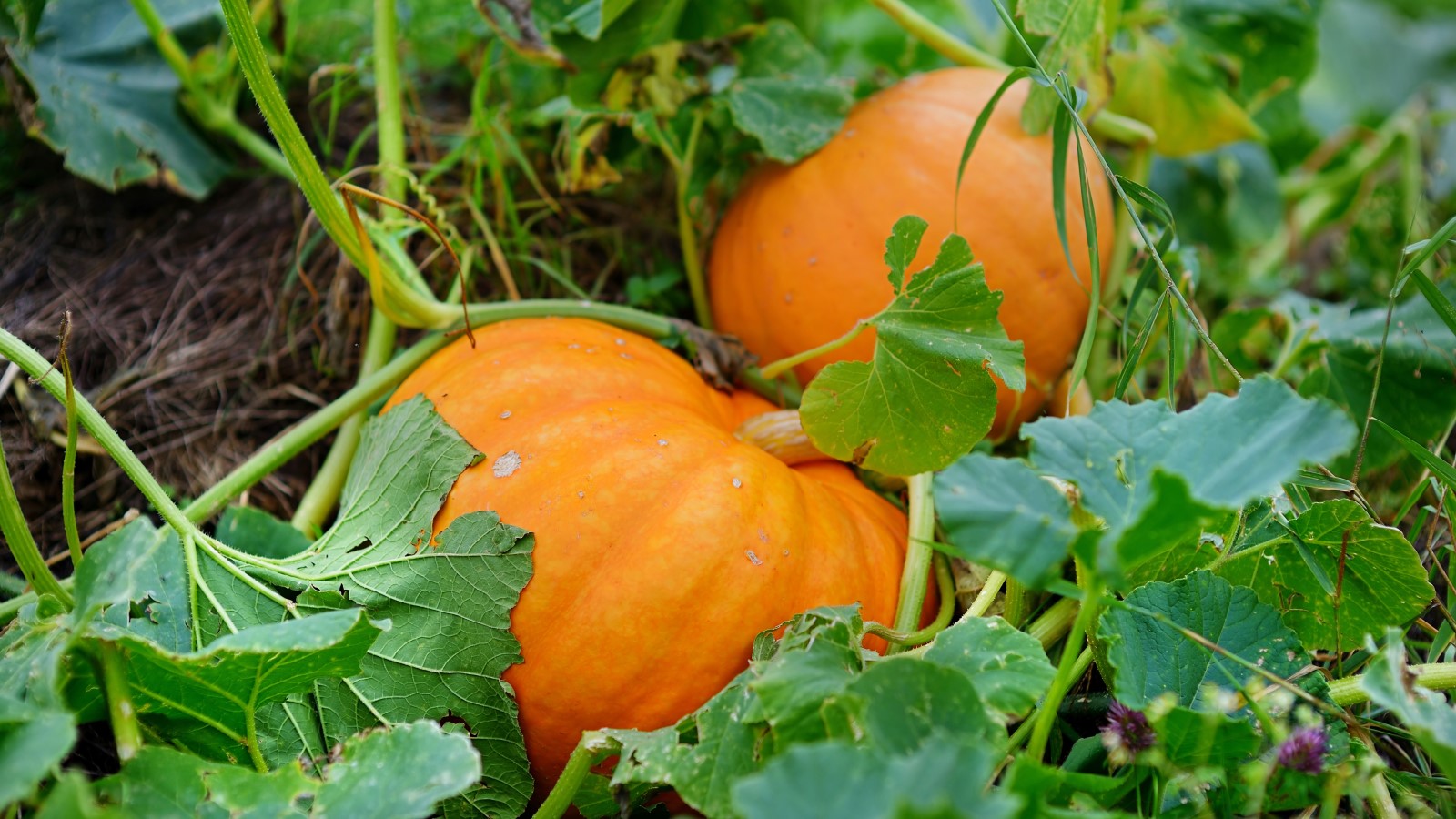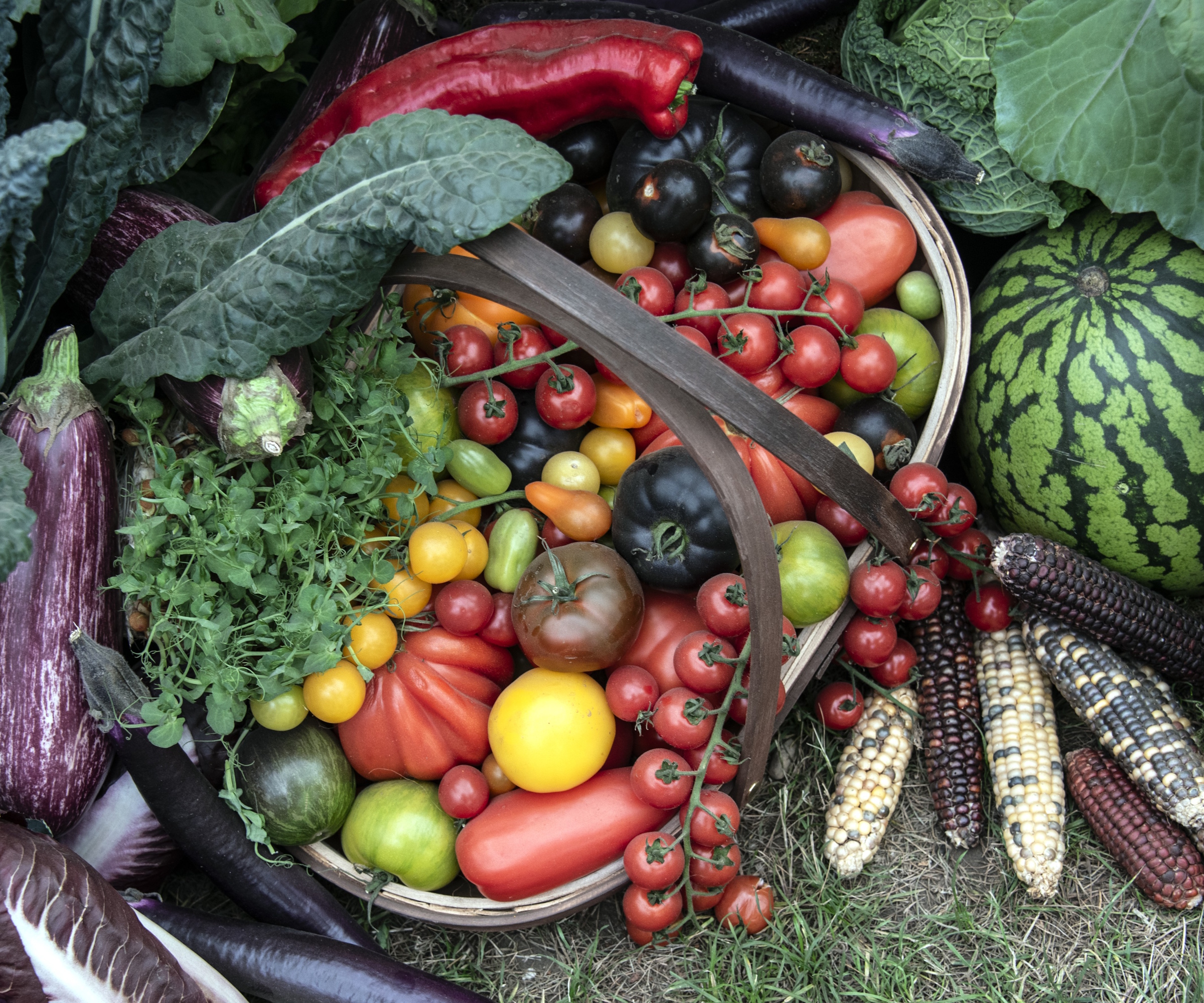
Pumpkins are a rewarding crop that grows well in the Midwest, but planting them at the right time is essential. In Illinois (and most of zones 5 and 6), June is the month to sow or transplant pumpkins, whether you’re dreaming of Halloween doorstep displays or homemade pumpkin pie this fall.
I have grown pumpkins and squashes in several gardens where I have worked as a professional gardener, and learned that this crop thrives in warm soil and ripens with long summer days. And, while there is often a desire to get going early in the year, this crop won't jump into action until the weather is just right. So, for growers in cooler climates (like Illinois), June is the opportune time to get started.
If you live in the Midwest and are wondering what vegetables to plant in June, this guide has you covered. Here, one veg garden expert reveals how and when to plant pumpkins in Illinois to guarantee success for kitchen gardens of all sizes and shapes.
When to plant pumpkins in Illinois

'Learning how to grow pumpkins is relatively easy,' says Homes & Gardens' Gardens Content Editor, Drew Swainston. 'The trick is getting the timing right.
'In terms of when to plant pumpkins in Illinois, waiting until mid-May through mid-June is key,' Drew adds.
'By this point, the danger of frost has passed and soil temperatures have warmed up across zone 5 and zone 6.
'Going any earlier than this in the Midwest would be a kitchen garden mistake, especially if a late-season frost occurs,' Drew continues.
'Holding off until this mid-to-late spring window is crucial. And, during this time, you can get pumpkin seeds and plug plants in the ground. These will quickly establish and jump into life, especially with one or two weeks of sunny weather.'
So, as Drew says, you have two options at this time: either sowing from seed or transplanting plug plants from a nursery, or small plants that you have sown indoors earlier in spring.
Much of Illinois is now zone 6 (with the bands shifting northwards in recent years due to warmer fall and winter months), which does help to extend the growing window.
However, to be sure of a good harvest, I would suggest that those in northern parts of Illinois sow seeds directly into beds in late May or early June, particularly for larger varieties that often need 90 to 110 days to mature.
For the southern areas of the Prairie State, sowing pumpkin seeds up until late June is fine, as fall tends to remain mild for much longer, thereby prolonging the growing season.
If you’ve started pumpkins indoors or picked up some nursery-grown plugs, you can transplant them into your garden at any point from late May through the end of June.
Best pumpkin varieties to grow in Illinois

In terms of the best pumpkin varieties for Illinois, you really are spoilt for choice.
If you are looking for a quick harvest, smaller options tend to grow and ripen quicker, so you could try something like this 'Kandy Korn' pumpkin variety, with seeds available from Burpee.
'Kandy Korn' can be sown directly into beds in June, and you can expect a harvest in 70 to 85 days.
For a larger, heirloom variety, you can try the 'Connecticut Field' pumpkin, with seeds available now at Burpee.
The more traditional 'Connecticut Field' pumpkin variety can produce crops that measure up to 20 inches in diameter (quite impressive!), and you should expect to harvest in 120 days.
Whatever variety you opt to grow, be sure to use an organic mulch for a vegetable garden, such as this premium straw mulch, available from Walmart.
Using mulch will help to suppress weeds and retain moisture, and ensure that your pumpkins grow plump during the hot summer months ahead.
If you are worried about greedy pests in your kitchen garden, it is a good idea to try companion planting.
For example, when learning how to stop squirrels from eating your pumpkins, it is best to plant French marigold flowers to deter them.
The strong-smelling foliage and flowers can help to keep these pests at bay. So, if you are looking for a natural pest control method, this could be one to try this year.
Shop garden accessories
Try planting African marigolds as companion plants for your pumpkins, helping to keep squirrels and pests away.







